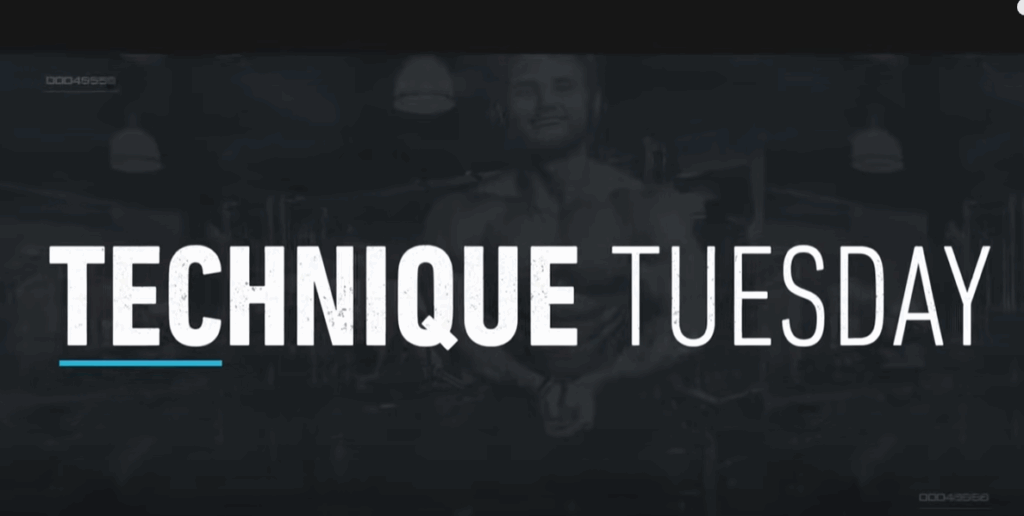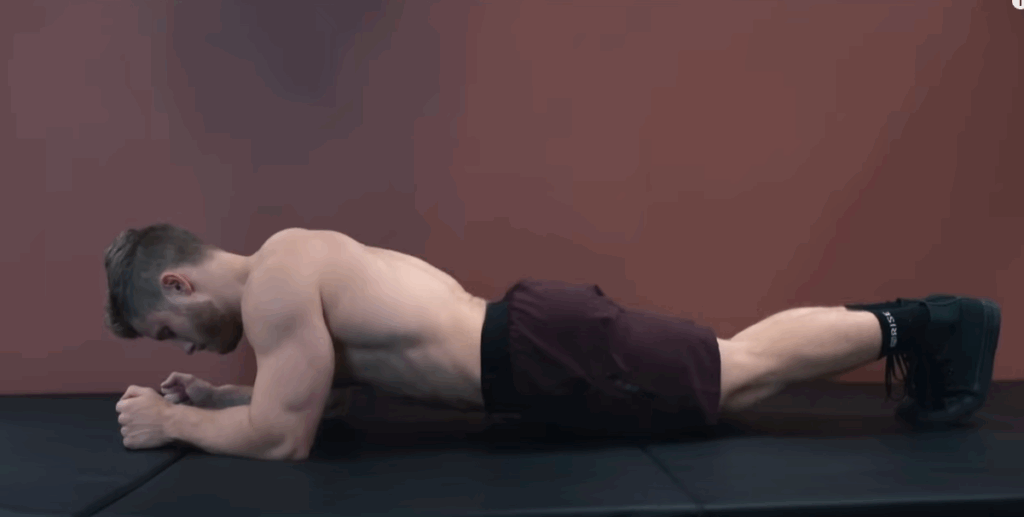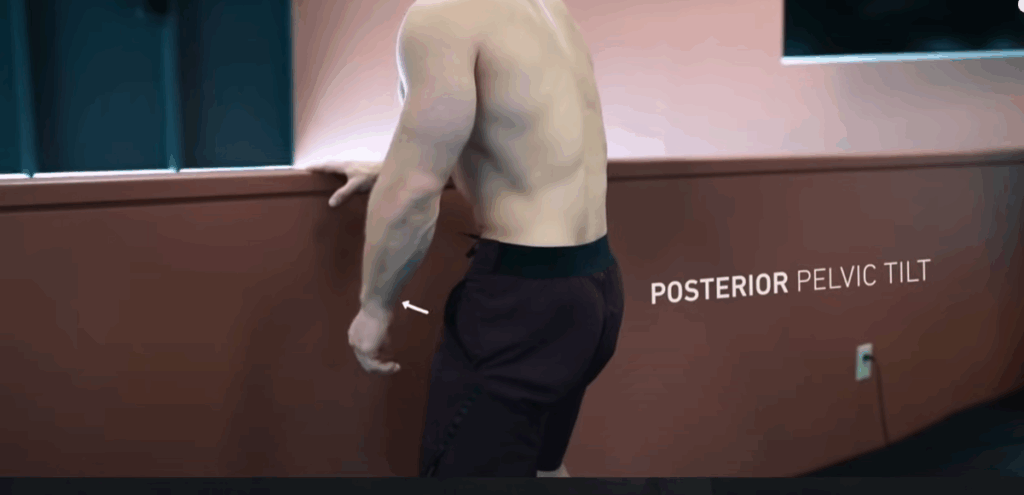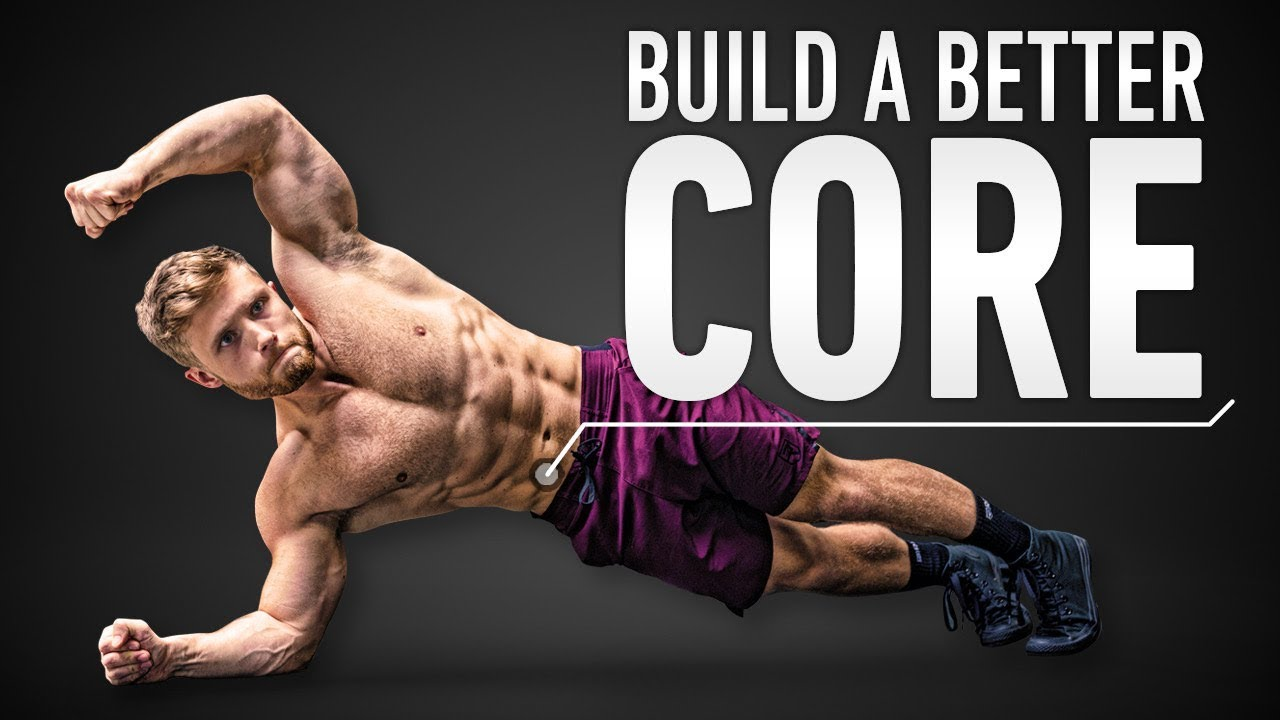A strong core is essential for more than just aesthetics—it supports better posture, protects your spine, and improves performance in heavy compound lifts like squats and deadlifts. While many people turn to crunches or leg raises for abdominal development, planks remain one of the most effective exercises for core stability and overall midsection strength.
However, most people treat planks as a boring endurance challenge rather than a progressive strength-building movement. In this guide, we’ll explore why planks are valuable, how to perform them correctly, how to make them more challenging, and common mistakes to avoid.

Why Planks Deserve a Place in Your Training Program
The plank is an anti-extension core exercise, meaning its primary function is to resist spinal extension. If you were to completely relax during a plank, your hips would sag, forcing your lower back into an exaggerated arch. To prevent this, several key muscles contract isometrically, including:
- Rectus abdominis (the “six-pack” muscle)
- Transverse abdominis (deep stabilizing muscle)
- Internal and external obliques
Unlike crunches or sit-ups, planks train your core to hold a neutral spine under load, which is exactly what you need during heavy lifts. A strong, stable core not only helps you move more weight but also protects your lower back from strain.
Additionally, research suggests that core endurance—not just maximal strength—plays a major role in reducing spinal instability and back pain. Static holds like planks are therefore a great addition to your program, especially if you’re looking to build resilience and injury-proof your lower back.
Planks and Muscle Growth: Can They Build Abs?
Although planks are often viewed as an endurance exercise, they can absolutely contribute to abdominal hypertrophy if you approach them like any other muscle-building movement—with progressive overload.
If you hold the same 30-second plank every session for months, you’re unlikely to see much improvement in muscle definition. But by progressively increasing the challenge—through advanced variations, longer lever arms, or added tension—you can force your abs to adapt and grow.

How to Perform a Proper Plank
The standard plank is simple, but most people still get it wrong. Here’s how to do it correctly:
- Set Up
- Rest your forearms on the floor, elbows directly under your shoulders, creating a 90-degree angle at the elbow.
- Extend your legs straight back, balancing on your toes.
- Body Position
- Keep your body in a straight line from head to heels.
- Engage your core by pulling your elbows slightly toward your feet—this increases abdominal tension.
- Squeeze your glutes to prevent your hips from sagging.
- Hold and Breathe
- Maintain a neutral spine. Avoid rounding your back or letting your lower back dip.
- Start with 3 sets of 20–40 seconds.
Once you can hold perfect form for 40 seconds, it’s time to move beyond the basic plank.
Progressive Overload for Planks: Go Beyond Just Holding Longer
Simply extending your plank hold for several minutes might build endurance, but it’s not the best way to maximize core strength or abdominal growth. Here are more effective progressions:
1. Modify the Lever Arm (Harder Plank Variation)
Shifting your elbows slightly forward (closer to eye level rather than directly under the shoulders) increases the distance between your elbows and hips. This forces your abs to work harder to prevent spinal extension.
2. Posterior Pelvic Tilt for Maximal Core Engagement
Most people hold a plank with a neutral or slightly arched lower back. By tucking your pelvis under and squeezing your glutes hard, you increase abdominal activation dramatically. Think about doing the opposite of sticking your butt out—you’re actively pulling your hips toward your ribs.
3. Narrow Base of Support
Bring your elbows closer together to reduce stability. You can also pull your elbows toward your toes and your toes toward your elbows simultaneously. This “crush” technique turns a basic plank into a brutal core burner.
Advanced Core Training: Add Dynamic Movements
Once you’ve mastered advanced plank cues, consider adding exercises that mimic the plank’s anti-extension pattern but through a greater range of motion.

AB Wheel Rollouts
A 2008 study comparing several core exercises found that the ab wheel rollout produced the highest rectus abdominis activation. Essentially, the rollout is a moving plank—you extend your arms forward, forcing your abs to work even harder to prevent spinal extension.
- Start small: Roll out only as far as you can maintain a neutral spine.
- Progress gradually: Over time, increase the range of motion as your core strength improves.
Weighted Planks
Adding a weight plate across your upper back can increase resistance. However, this is harder to set up alone and doesn’t necessarily teach better muscle recruitment patterns. Use this only once you’ve mastered advanced plank mechanics.
Common Mistakes That Ruin Your Plank
Most beginners fail to engage their core correctly, turning the plank into a lazy, ineffective hold. Avoid these errors:
- Hips Too High
- Raising your butt too much shifts tension away from your abs and onto your shoulders.
- Fix: Squeeze your glutes and keep your body in a straight line.
- Hips Sagging
- Letting your hips drop places stress on your lower back.
- Fix: Tuck your pelvis slightly and think about “shortening” the space between your ribs and hips.
- Using Arms Instead of Core in Rollouts
- When performing ab wheel rollouts, some people pull the wheel back with their arms instead of engaging their core.
- Fix: Initiate the movement by contracting your abs, letting the arms follow naturally.
How to Program Planks for Best Results
For balanced core development, combine different types of core exercises:
- Spinal flexion (e.g., cable crunches) for rectus abdominis growth
- Anti-rotation (e.g., Pallof press) for obliques and rotational stability
- Anti-extension (planks and rollouts) for overall core stiffness
A simple beginner-friendly core session might look like this:
- Plank with advanced cues – 3 x 20–40 seconds
- Side Plank or Pallof Press – 3 x 12–15 reps per side
- Ab Wheel Rollout (as progression) – 3 x 8–12 reps
Train core 2–3 times per week, ideally after your main lifting session.
Final Thoughts: Build a Stronger, Leaner Core the Smart Way
The plank might look simple, but when performed correctly—and progressively overloaded—it’s one of the best tools for building a strong, functional midsection. Don’t fall into the trap of holding a plank for minutes on end without increasing tension. Instead, apply the same principles you’d use for any other muscle group: progressive overload, proper form, and consistent effort.
Over time, combining planks with other core movements will not only carve out visible abs but also enhance your overall athletic performance and protect your lower back from injury.



